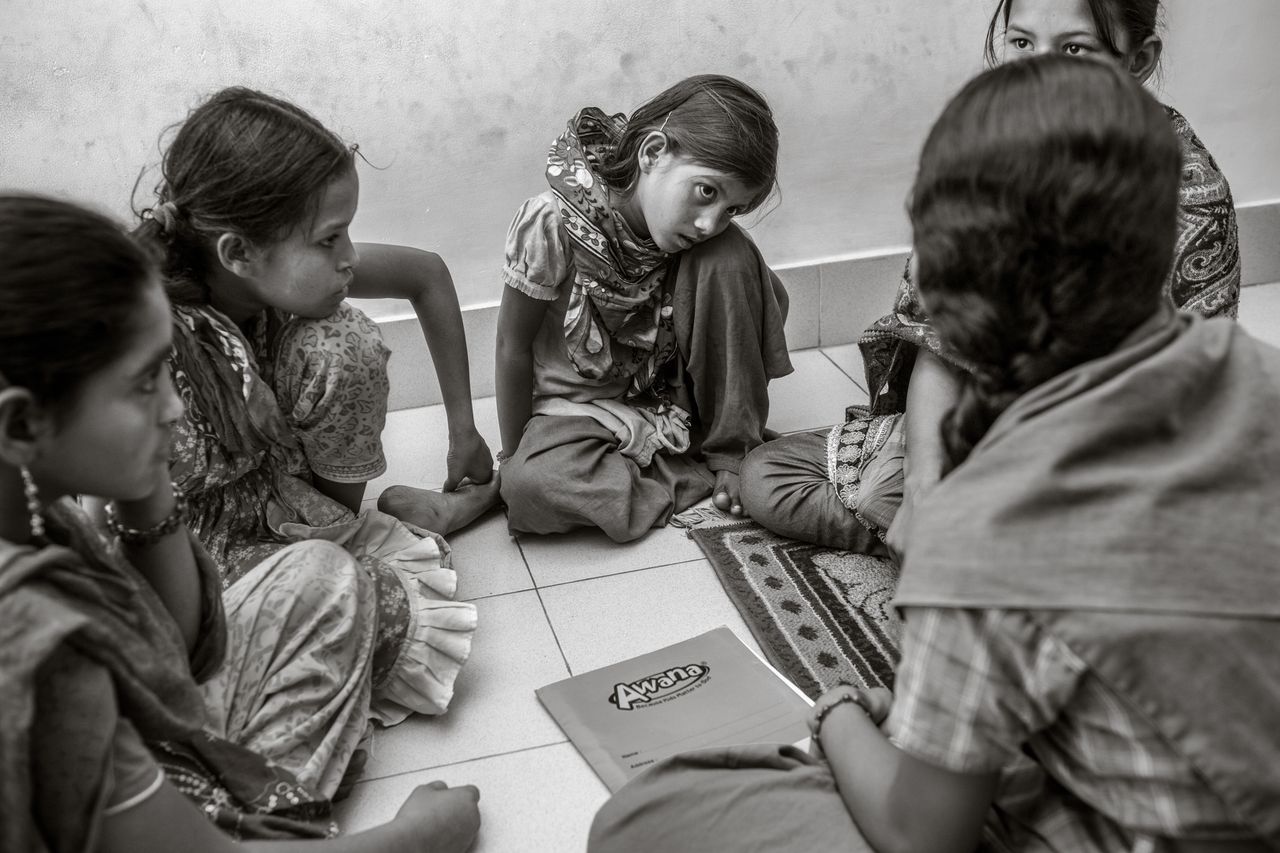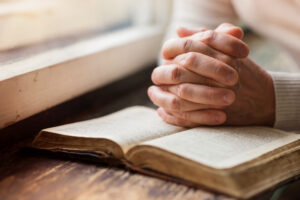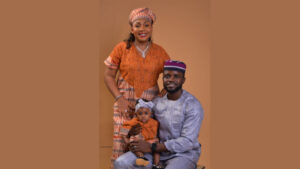
BANGLADESH (BP) — When Geri Hennerman* began serving in Bangladesh nearly 10 years ago, she didn’t anticipate being constantly overwhelmed by poverty and needs.
Each day she saw women and children begging on the street, families living in poverty in the slums and Bangladeshi friends struggling with finances.
“It’s day by day, sometimes five or six times a day,” Geri says. “… It’s not just people you’re seeing on the street. It’s people knocking on your door, coming in your home. So it’s not something that you can really get away from unless you just don’t deal with people at all, ever.”
Dealing with people is exactly what Texans Geri and her husband Mickey* want to do — they’re Christian workers who strive to be Jesus’ heart, hands and voice to Bangladeshi people.
Even if they wanted to, getting away from people isn’t easy in Bangladesh. The country is the fifth most densely populated in the world. Roughly the size of the state of Arkansas, Bangladesh contains more than half of the population of the entire United States. Eighty-four percent of the population lives on less than $2 a day, and an estimated 7 million people live in slums.
“I have a soft spot and I really want to help,” Geri says. “… Somebody has their hand out, I want to give.”
After a few months, she couldn’t take it anymore. She had to do something.
A self-described visionary, Geri started with prayer, and lots of it. She also did research, finding that education and quality of life for women and children in this mostly Muslim country is lacking. About half the women over age 15 can read and write, and a Bangladeshi child’s school “life expectancy” is only about eight years.
“Education is for people who can afford it, and it’s first for boys, then for girls,” Mickey explains. “To quote [singer] James Brown, ‘It’s a man’s world.’ [Men] pretty much can do whatever [they] want to. Women are second- and third-class citizens, and the wives and the kids are … looked at lower on the ‘totem pole’ than a man would be.”
Geri knew the only way for these young women to have a brighter future was to develop skills and get an education. She soon discovered that a good friend and Christian shared her same calling and passion.
“This is something that God’s doing, and not us,” Geri recalls thinking.
That was more than six years ago. A few months later, the two women had devised a plan for opening a day shelter for girls — but not without struggles. Landlords weren’t keen to lease an apartment for the “type of population” Geri and her friend wanted to bring in — poor, dirty, malnourished girls from the slums, many of whom were beggars.
“In Islam, you help [the poor] because that’s what Allah has told you to do — but they’re still looked down upon,” Mickey says. “They’re the scum of society in most people’s eyes.”
Geri and her ministry partner eventually found the right location and opened the Light of Hope Learning Center.
Transforming lives
Since the beginning, the Light of Hope’s main goal has been to see lives transformed — not only those of the girls who attend, but also their families and communities. Geri hopes that by showing Jesus’ love to the girls they will spread it into their communities.
The center’s theme Bible verse is Zechariah 9:16-17a, which says, “The Lord their God will save them on that day as the flock of His people; for they are like jewels in a crown, sparkling over His land” (HCSB).
In addition to learning about Jesus, girls receive an education that includes economic, social, mental, physical and emotional skills.
“Most of our girls that we chose [initially to attend the center] are from the slums and they were beggars on the streets — they were actually ones that we had met on the streets,” Geri says.
Today, the Light of Hope accommodates 14 girls between the ages of 13-18; they attend five days a week from 8 a.m. to 4:30 p.m. Geri and Mickey serve as the center’s directors, while a core group of national women run its day-to-day operations.
While at the center, the girls take showers, receive clean uniforms and eat two healthy meals. They and their families receive basic health care and assistance if they need to see a doctor or have a medical emergency.
Students also are taught to embroider handicrafts. They are paid a small income for their embroidery work, which allows them to continue their education and not have to beg or work elsewhere.
Other members of the family come to the center as well. Many of the girls’ mothers and sisters go to sewing and embroidery classes as well as a weekly reading and writing class. Girls under the age of 13 used to attend the center but now come only for Wednesday Bible study; their program was suspended due to lack of funding, staff and resources.
“If I had not gone to the Light of Hope Center, I would not be able to learn many things about Jesus Christ. Moreover, I would not get the opportunity to study,” says Rekha,* a 17-year-old who has been attending the center since it began. “I would have to work in a house as a house cleaner. That would be very difficult for me.”
The girls’ personal growth over the years is “incredible,” Geri says.
Annie,* the shelter’s administrator since 2010, says when she first arrived, the girls did not show respect and quarreled frequently. “Now, I [see] lots of change.”
Threat of persecution
Though the center is helping better the girls’ lives, it still faces challenges. Christians are the extreme minority in Bangladesh — only 0.3 percent of the population — and often endure persecution, which is why those girls who have become followers of Christ have not told their families.
“I am afraid of [my family] — if I share about my faith to them, they may hit me,” says Ruma,* a 13-year-old student.
“It would be a different story if they were young men…. They could easily or independently live on their own,” but as women it wouldn’t be easy, Geri explains. That fact is what drives her to make sure these vulnerable girls are prepared should they have to leave home.
Sometimes it is their families who are persecuted.
Several of the girls’ fathers have been beaten, families have been threatened with eviction and many girls have endured ridicule for being associated with the Light of Hope. The center’s staff offers support by visiting their homes and communities at least once a month to teach about health, pray with families, prayerwalk and build relationships — but sometimes the community asks them to leave.
Geri encourages the girls to share their faith but knows she cannot push them to make that decision — “I can’t walk in their shoes.” But she prays that one day they will have the boldness to tell others what He has done in their lives.
What lies ahead
She also desires that national women will one day run the center. During the past year Geri has stepped back from day-to-day involvement and taken on more of a guiding role.
Several girls at the shelter are ages 16, 17 and 18 — marriageable ages in their families’ eyes — and Geri and the staff are working through how to help them as they mature past school age. Some have requested that the Light of Hope start a hostel — a place where they can live away from the pressures of their families and continue their studies.
According to Annie, it’s hard to think about the girls leaving the center — the staff has grown to love and cherish each one. “We want to guard them,” she says.
Geri’s prayer is that “some of our [older] girls would be able to come in and do some of the teaching, and that we can start the little girls to come back again.” She also wants the handicraft business to grow so the girls can provide even more support for their families.
Regardless of what lies ahead, Geri is thankful for the impact the shelter is making.
“The greatest joy is seeing the hearts and lives that have been changed and seeing them wanting to serve the Lord and wanting to do more for Him,” Geri says. “I mean, to me that’s the greatest reward — is seeing them want to start a Light of Hope Center themselves.”
To get in touch with the Light of Hope Learning Center directors about how you or your church can get involved, email [email protected].
Southern Baptist projects supporting Light of Hope include One Life’s “One Girl’s Shelter” project (onelifematters.org/projects), Global Hunger Relief (World Hunger Fund, worldhungerfund.com) and Baptist Global Response’s Child and Youth Education Fund (baptistglobalresponse.com/projects/view/the_light_of_hope_center).
View “More precious than jewels — begging for a better life,” which features more Light of Hope photos, related video and audio, prayer requests and additional ways to get involved in this and related ministries, at commissionstories.com.
–30–
*Name changed. Laura Fielding is an IMB writer.
















